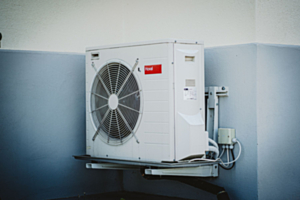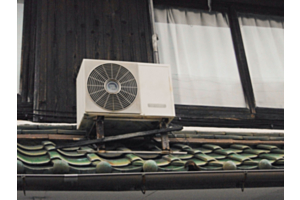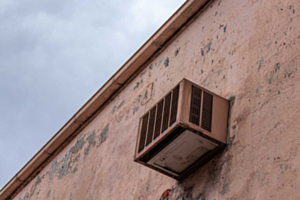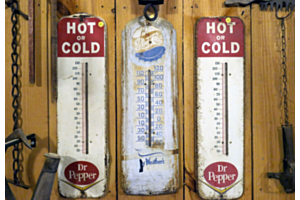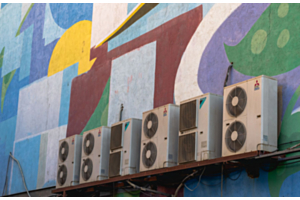Going Green with Mini Splits - How Ductless Systems Can Help Reduce Your Carbon Footprint

Today, you can’t afford to forego paying attention to your carbon footprint. More so than ever, everyone has to do their part to preserve our planet for future generations.
As you’ve assessed how energy efficient your household is, you’ve landed upon your heating and cooling systems with much disdain. These units are energy-suckers. You’re considering switching to a ductless mini split system, but will that make a difference in the size of your carbon footprint?
The answer is yes, without a doubt.
You’ve begun to recognize that your HVAC units hog up energy. You see it every month on your utility bills. If you run the heat religiously throughout the winter and then never miss a summer’s day with your air conditioner, you rarely get a break from high utility bills.
Traditional HVAC is inefficient the older it is because it simply lacks the technology to be a green heating or cooling solution.
However, even if you own a brand-new heater or air conditioner, it can’t top a mini split’s energy efficiency.
So what makes a mini split system the greener choice? It all has to do with how a ductless mini split provides heating or cooling.
Let’s say you turn on a central air conditioner. The air conditioner will begin cooling the air through the house uniformly.
It doesn’t take into consideration that upstairs may need more cooling than downstairs since heat rises, or that certain drafty areas of the house will be especially hot with the warm air coming in. The entire house gets the same amount of air.
Now compare that to a ductless mini split system. You select zones where the technicians will install the indoor units, with a zone referring to a part of the house with unique heating and/or cooling needs.
For instance, if the upstairs rooms consistently get hotter than the downstairs rooms, you can set up a zone or several upstairs.
Now, when you turn on the air conditioner, only the zones that need it receive cooling. This prevents air from needlessly entering the house.
You can also customize how warm or cool your home feels, as each indoor unit includes a remote control. If you like your room slightly cooler or warmer, you can set just that zone to your preferred temperature.
You’re not needlessly wasting cool or hot air to reach the desired temperature. You can just set it and forget it.
Our blog has a handy energy savings calculator where you can input factors like the cooling hours per year, electricity rate in cents per kilowatt-hour, current AC capacity and SEER rating, and the SEER rating of your new mini split.
You’ll easily be able to see your short-term and long-term savings for upward of 15 years.
For instance, if you live in Region 3 with temperate weather, you pay 13 cents per kWh for electricity, your AC capacity is 18,000 watts, your old AC, had a 17 SEER rating and the mini split has a 23 SEER rating, you’ll save $46,098 in five years.
In 10 years, you’d save $85,864, and in 15 years, $120,176!


